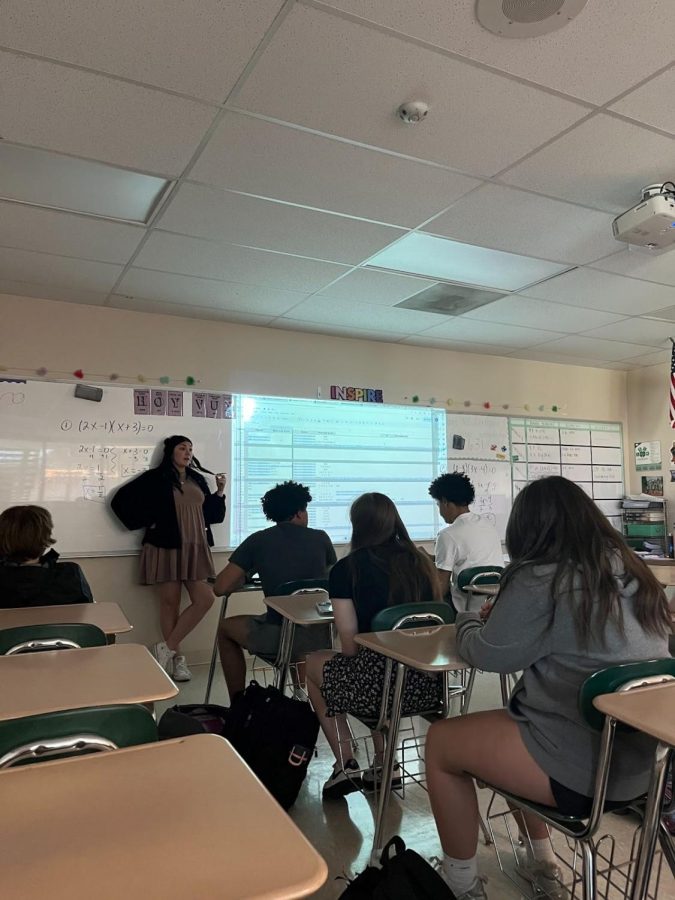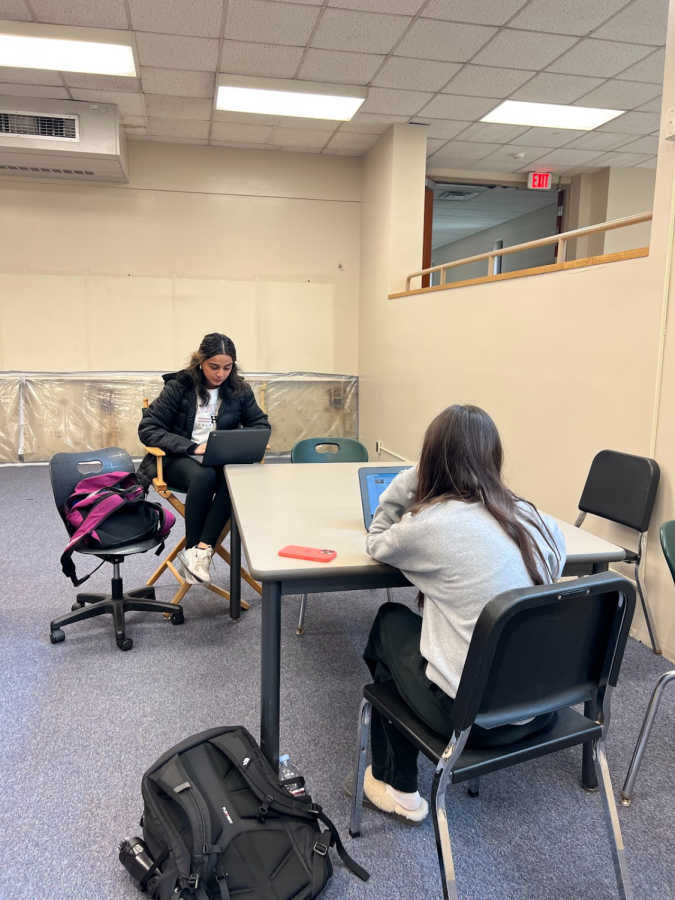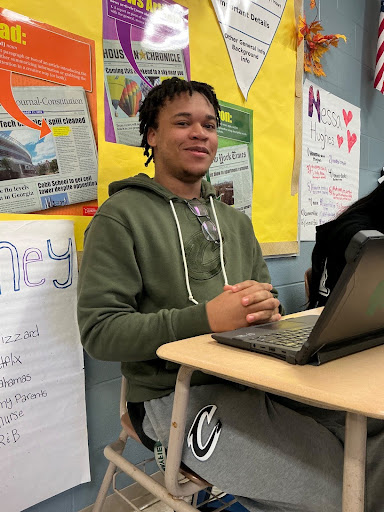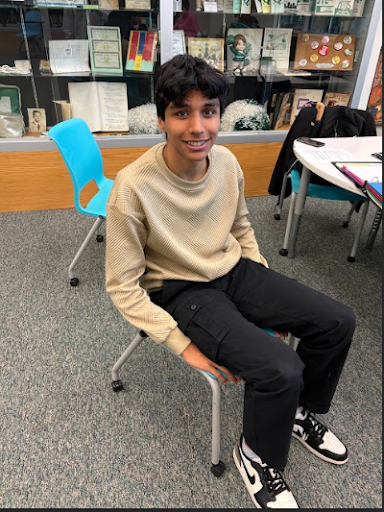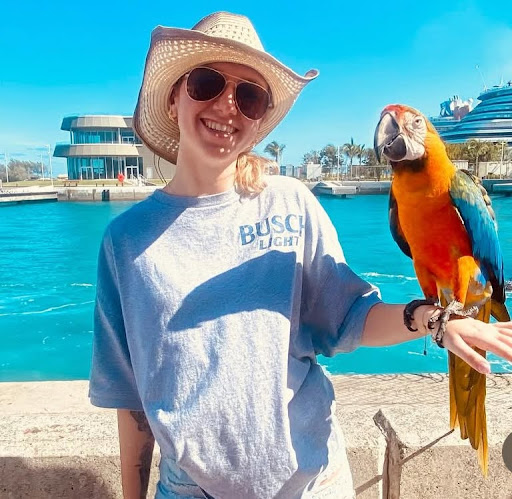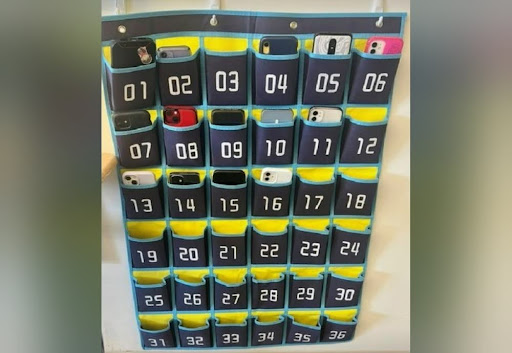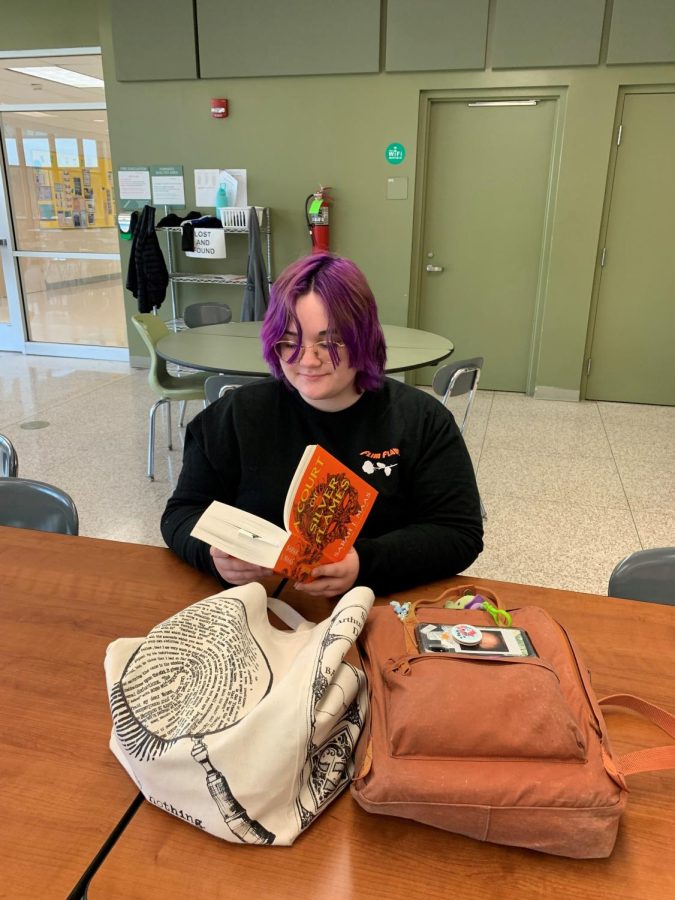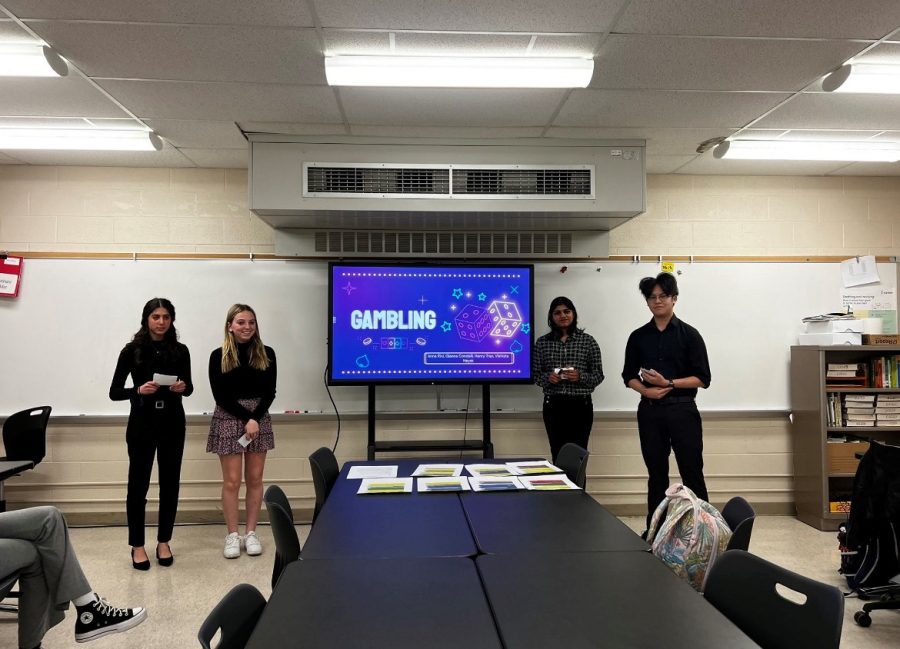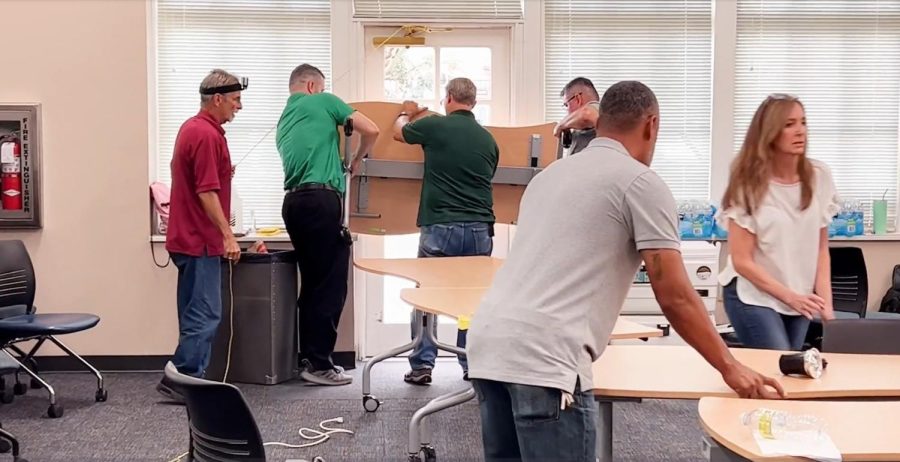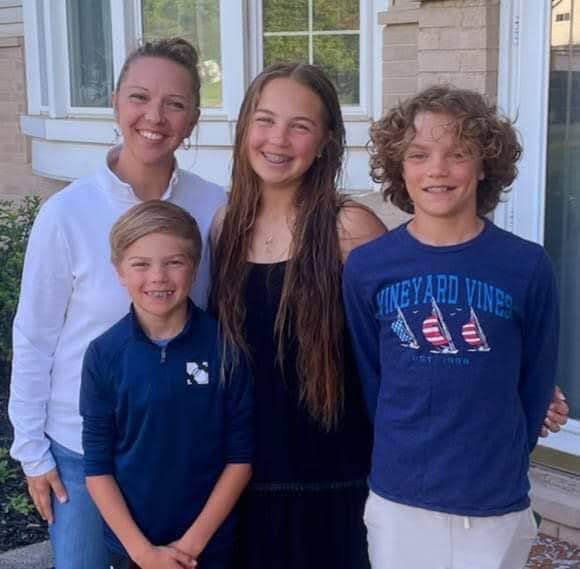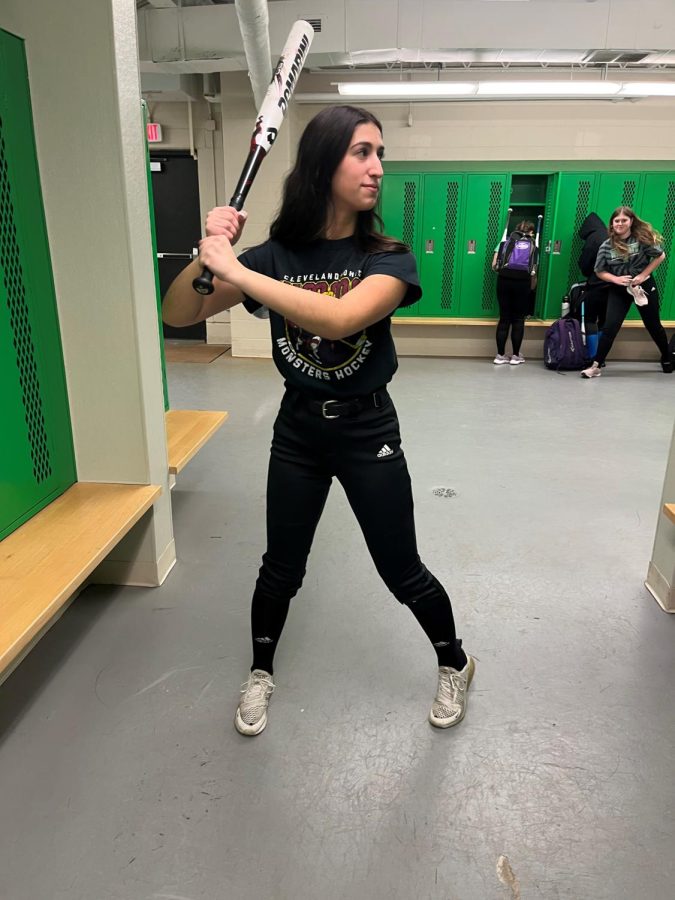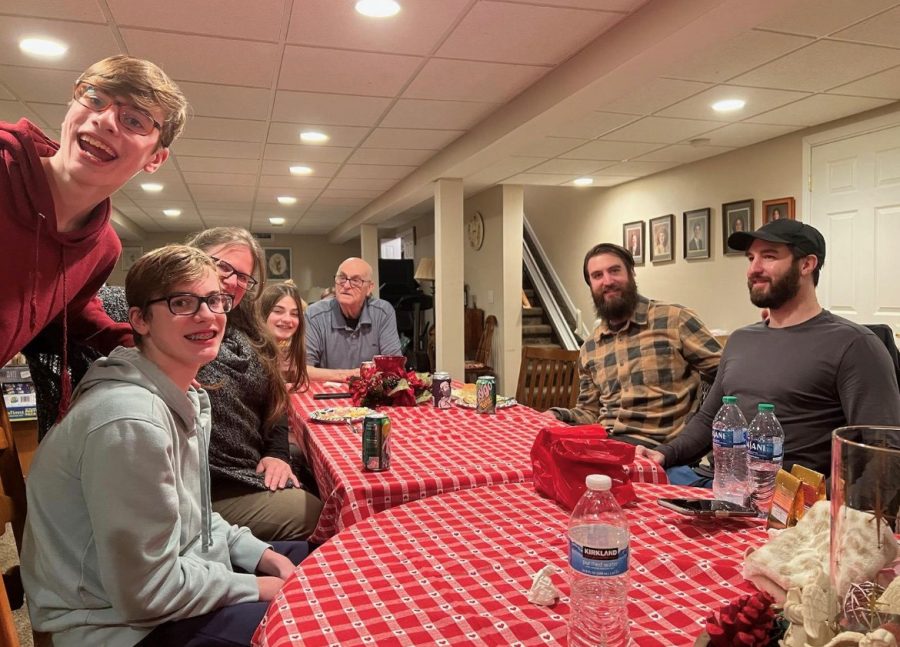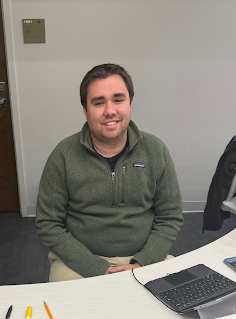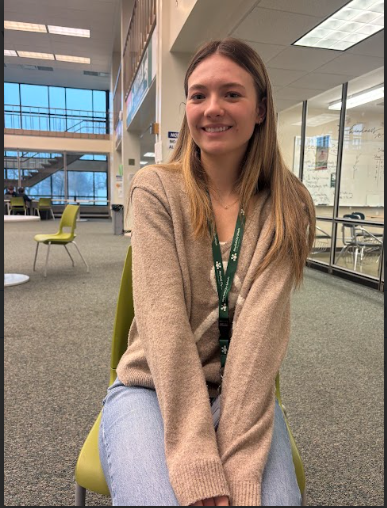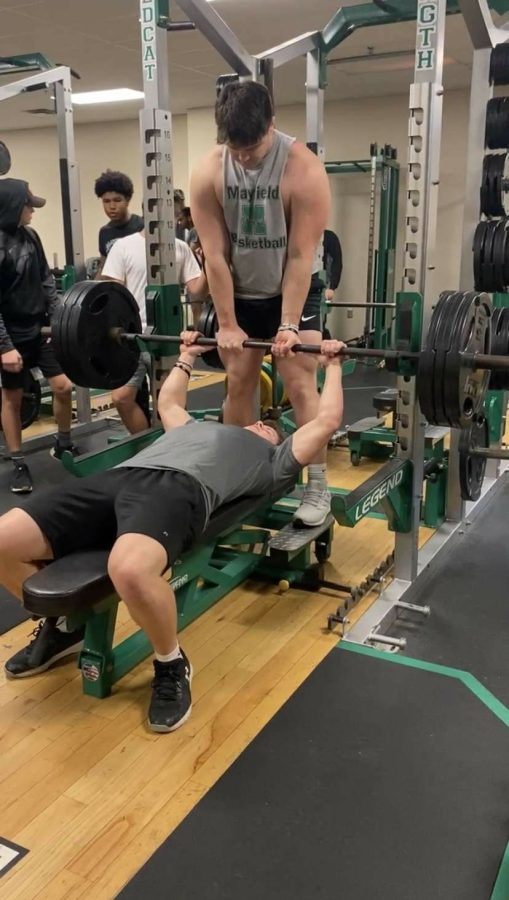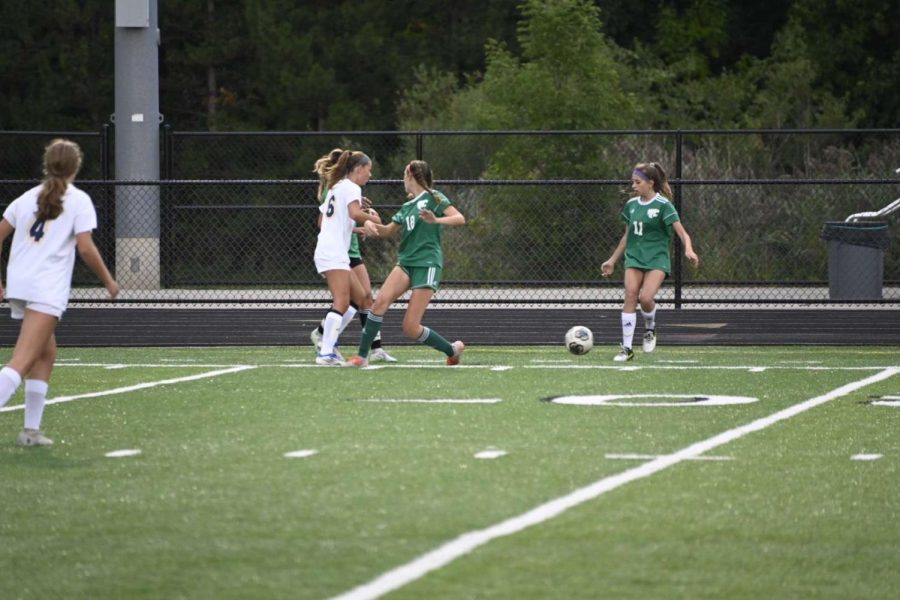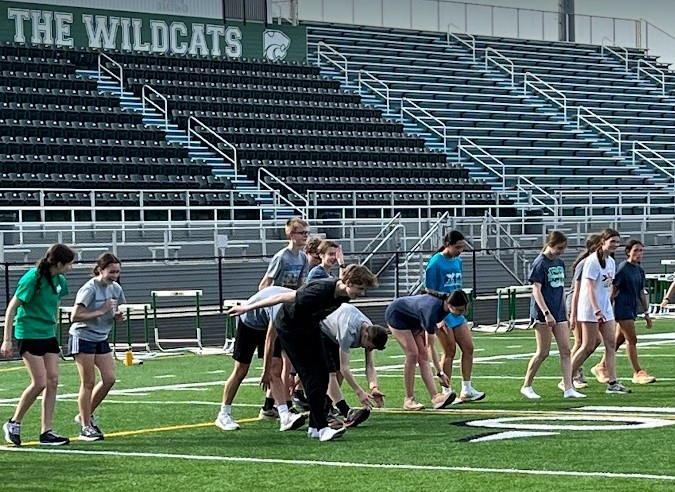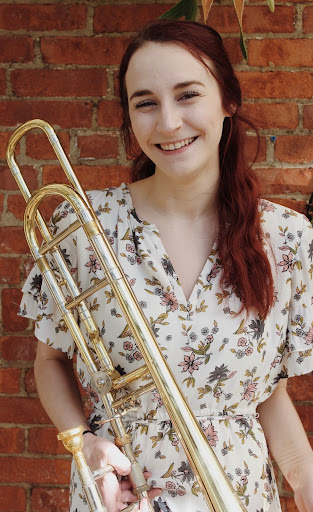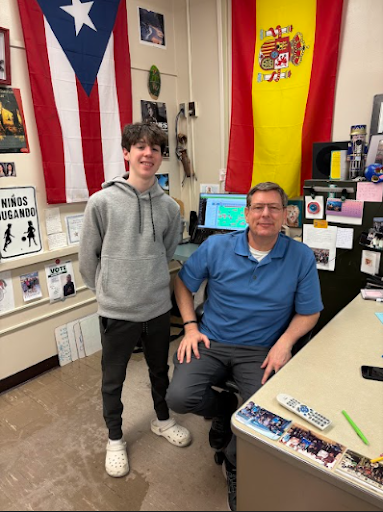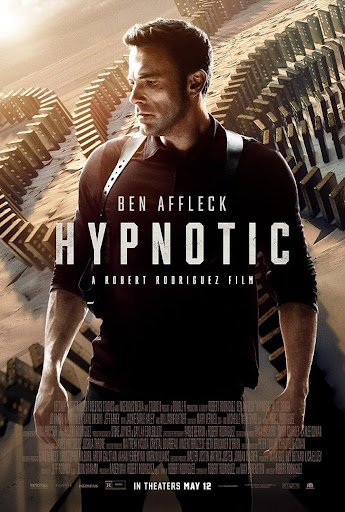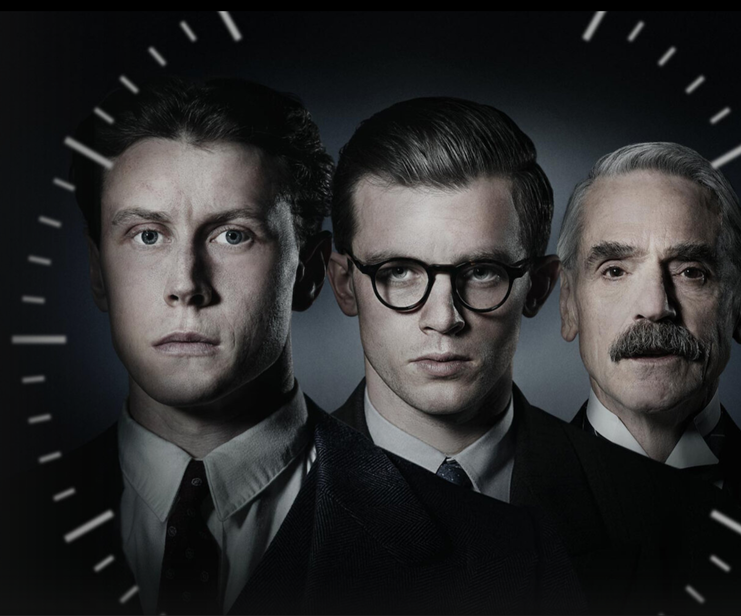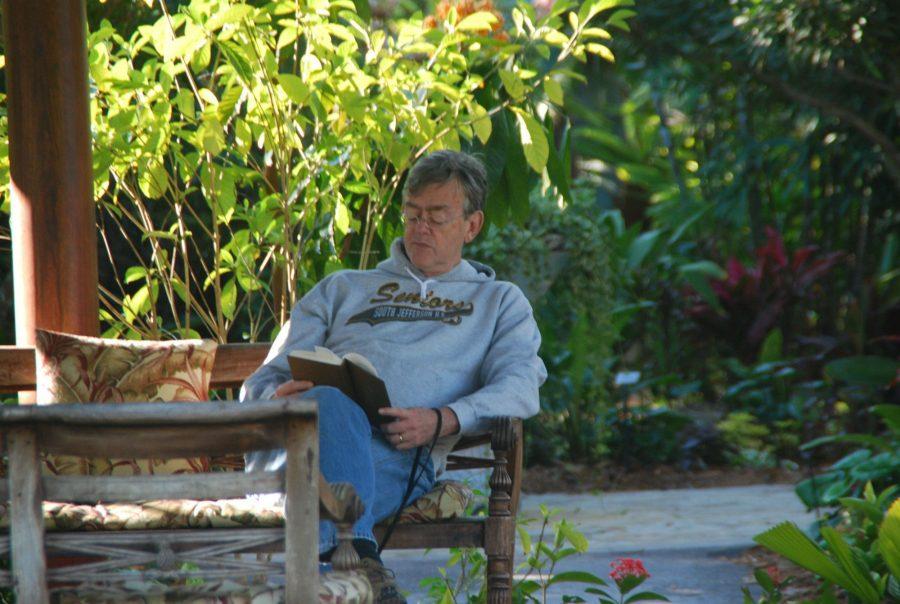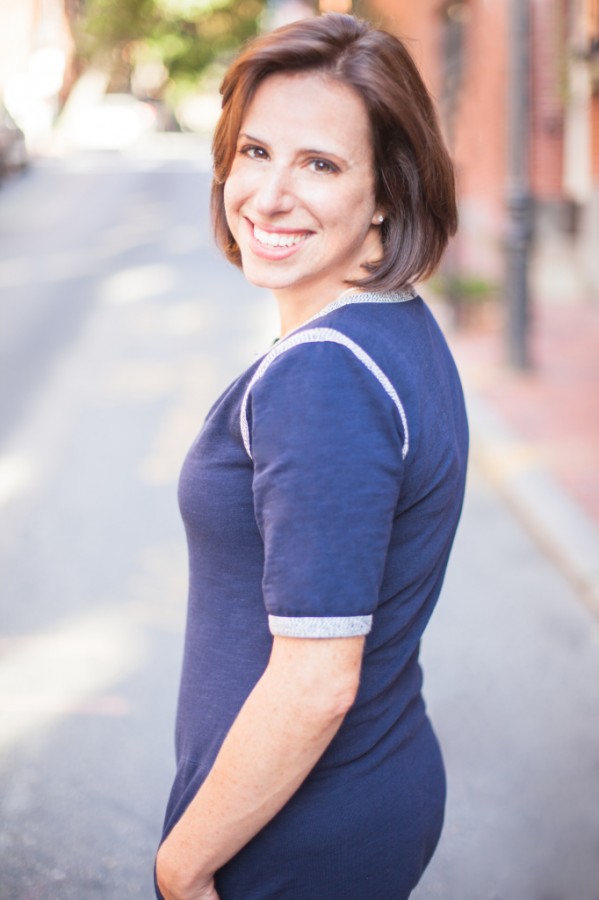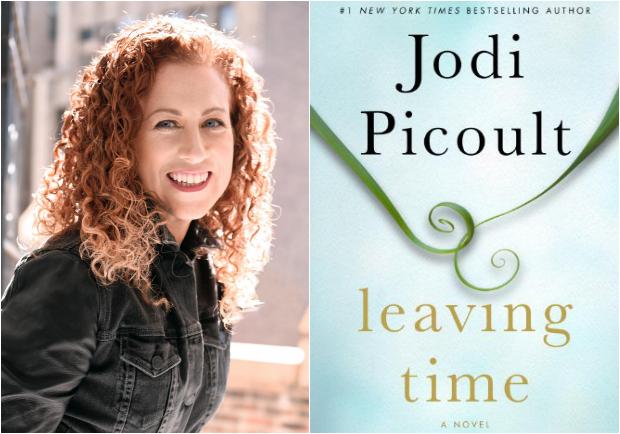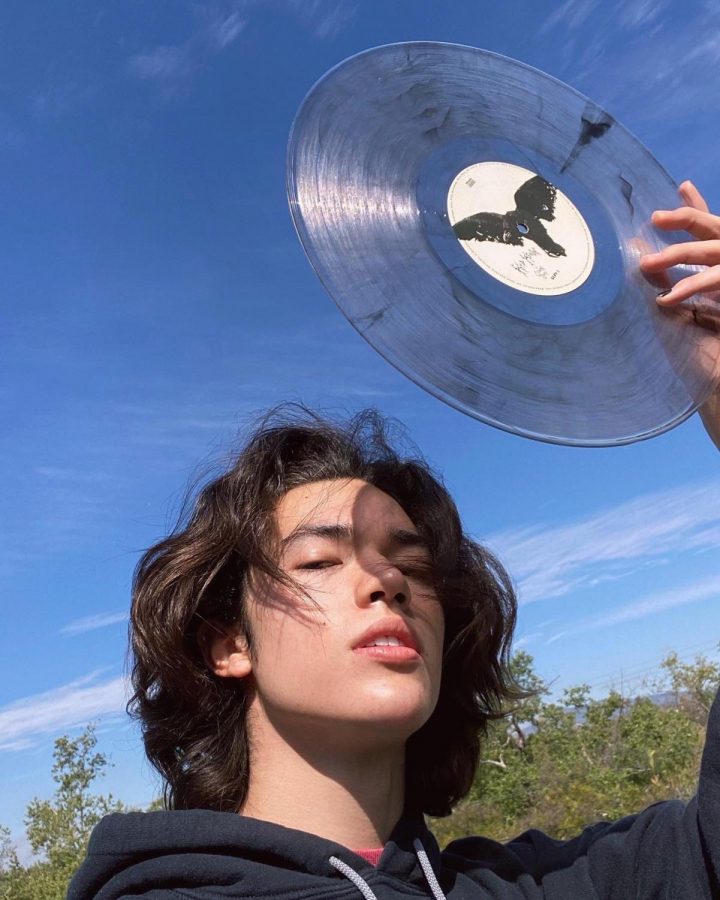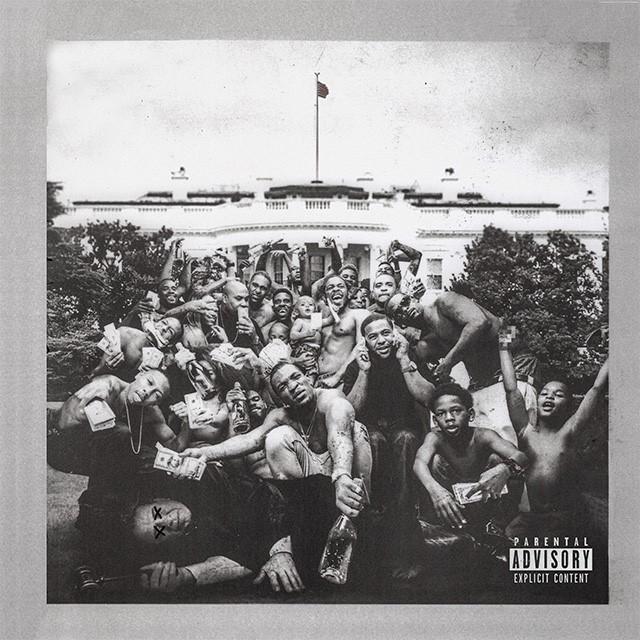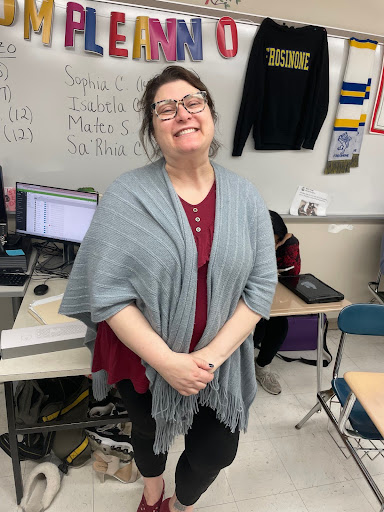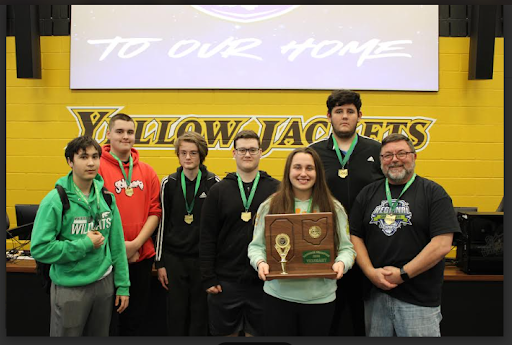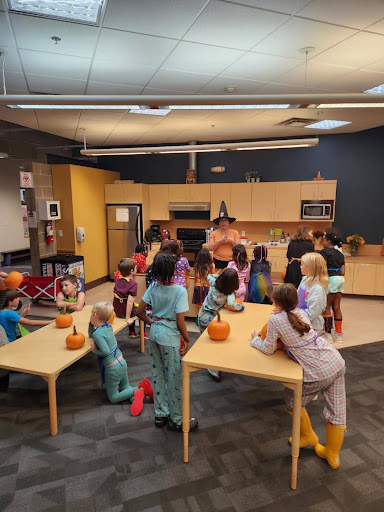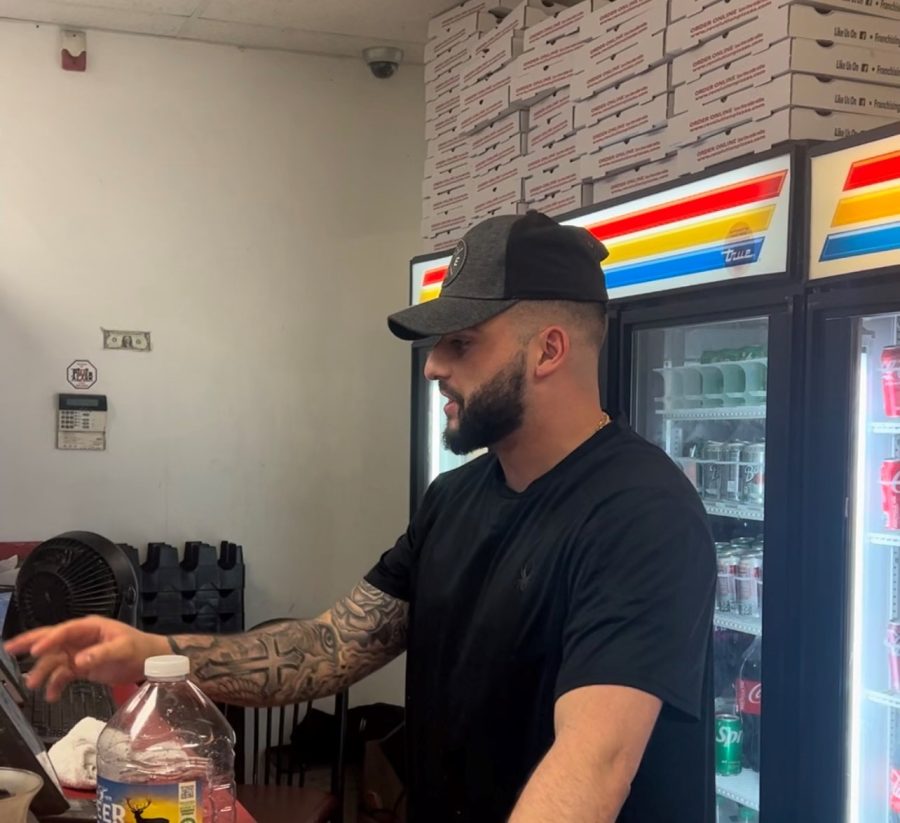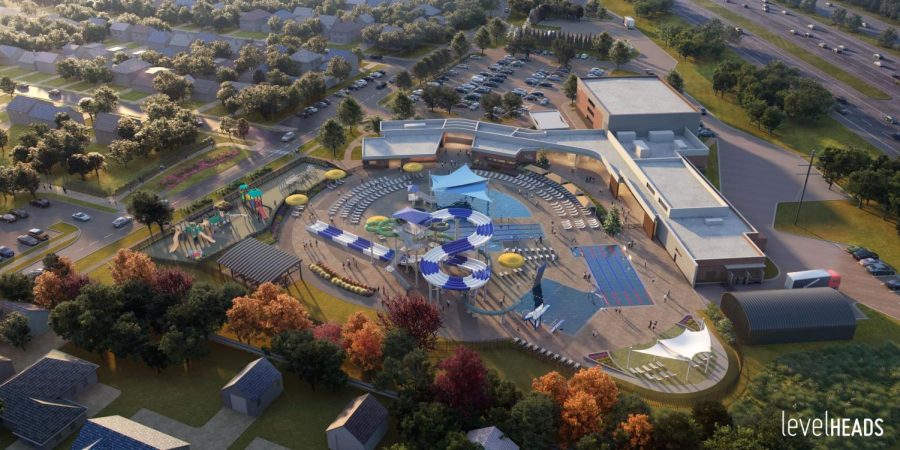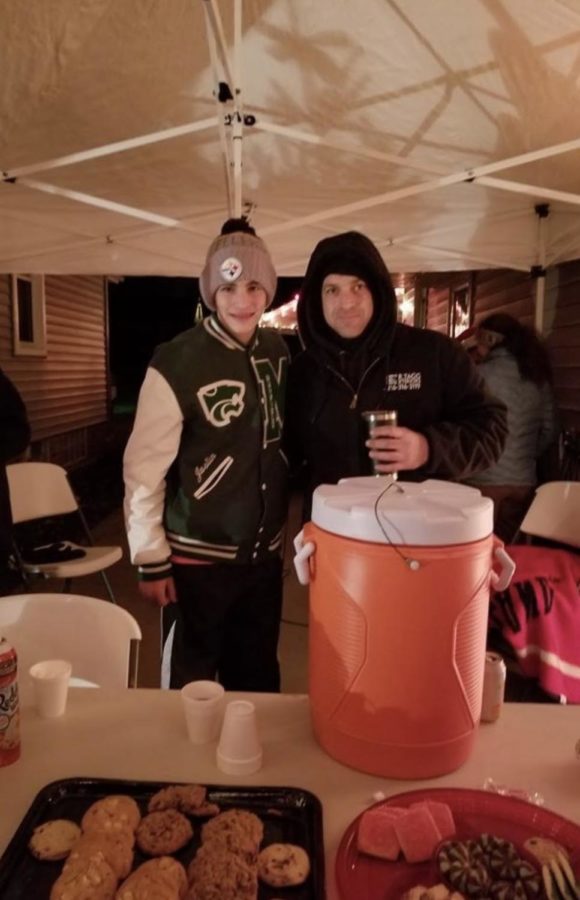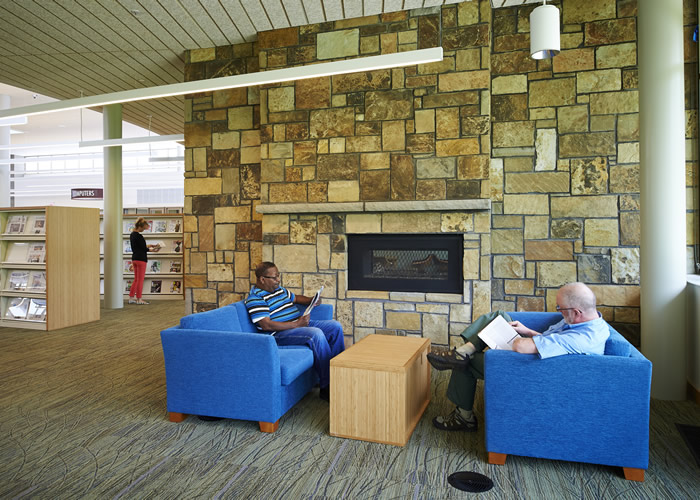Students wonder about use of commons, courtyards
Seniors Gurleen Dhillon and Gianna Sobecki relax in the upstairs senior commons while working on their essays.
May 30, 2023
Students at the high school have been curious about the commons’ and courtyards’ lack of use this school year.
Principal Jeff Legan thinks students and teachers aren’t taking advantage of these open spaces as much as they should be. He said, “I just don’t think they are really used for their potential. I think students and teachers should really start using these opportunities in the future because I do believe it could benefit them.”
Dan Sapanaro, Assistant Principal for Student Affairs, is responsible for enforcing the courtyards and commons, along with making the handbook for how they’re supposed to be used. He said, “I think for the commons and courtyards, the original purpose was to allow kids to kinda spread out and do group work and also give them different opportunities to collaborate and work together on different things.”
Legan hopes that the reconstruction of the innovation center will encourage teachers to start teaching in open green spaces. He said, “I will tell you that next year with the opening of the new drive [way] and how we are renovating the Innovation Center, there is gonna be a lot more green space, so we are really hoping to encourage teachers to take their classrooms outside. Since we are trying to personalize learning as much as possible and at a self pace, teachers can just take their classes out there and use it.”
The issues regarding the way students have been misusing the commons and courtyards has Sapanaro rethinking the opportunity of free spaces for students. Sapanaro said, “Students are there when they know they aren’t supposed to be… A student is supposed to be in a certain class and then for whatever reason they don’t want to be in that class and we later on find them sitting in a corner of the commons or courtyards just wandering around doing whatever they want.”
Sophomore Ellena Baghdasaryan, who eats her lunch in the commons most days, has observed that teachers don’t use the commons a lot. She said “[I] feel like most teachers don’t even think to go out because there are good classrooms already, but sometimes they can be freezing or super hot so it’s hard to focus.”
To continue on the benefits of the commons, Baghdasaryan wants to see the commons used by teachers for many reasons. She said, “Kids would benefit so much. Being able to not feel claustrophobic in the classrooms that are all close together will really help kids who have trouble focusing especially when they’re close to their friends.”
Negative treatment of the commons seems to be repetitive. Legan is responsible for placing and removing opportunities given to students and teachers. He said “A Lot of the times, kids will leave their trash outside or all over the commons, [… so] I have to shut down the courtyards to prevent this from happening.”
Baghdasaryan thinks along with avoiding crowded lunch rooms there are also other uses for the commons. She said, “I would rather spend my time with either some friends or getting some work done in the commons because it is a better use of my time.”
Therefore, to put the commons and courtyard to use, Sapanaro searches for new ways to incorporate the commons into the school days by referring to others in the building. He said “[Room 117] is so hot some days […] If any students have any ideas on how to make that work, tell them to let me know or something to do about the hot rooms used.”
As the school year comes to a close, Legan indicates that next year, students should expect to learn about newly enforced rules and freedom regarding the free spaces. He said, “Next year communication will have to be the main response for which one of the commons and courtyards can be used at what times of the day.”



